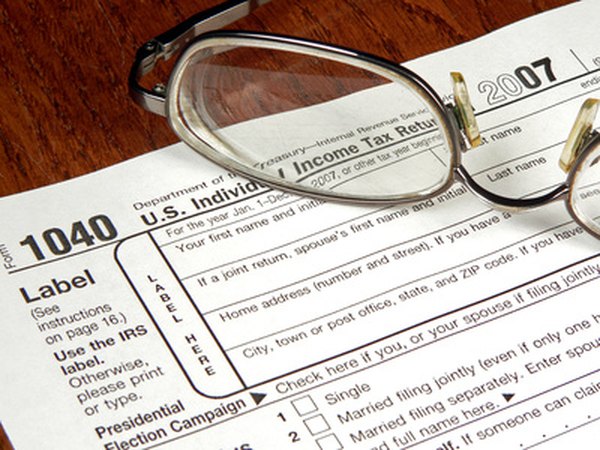How to Calculate the Basis for Multiple Stock Splits
Knowing your basis helps you property calculate your taxes on stock sales.
tax forms image by Chad McDermott from Fotolia.com
Stock splits occur periodically and give shareholders new shares based on the number of shares they previously owned. For example, a company might do a two-for-one stock split where each shareholder gets two shares for each old share. Stock splits by themselves aren't taxable events because you don't realize a gain or loss. However, you do need to figure your per share basis for each new share so that when you do sell some of them, you can calculate your gain or loss correctly.
Divide the amount you paid to acquire the shares by the number of shares you originally purchased. For example, if you paid $2,500 to purchase 100 shares, divide $2,500 by 100 to find your basis per share is $25.
Step 2Divide your per share basis by the number of new shares you received for each old share in the first stock split. For example, if your stock split five new shares for every old share, divide $25 by 5 to get a new basis of $5 per share.
Step 3Repeat Step 2 for each stock split to calculate your new stock basis. Continuing the example, if your second split is a reverse split for which you get one new share for every two old share, or 0.5 new shares for every old share, divide $5 by 0.5 to find your new per share basis is $10.
References
Writer Bio
Based in the Kansas City area, Mike specializes in personal finance and business topics. He has been writing since 2009 and has been published by "Quicken," "TurboTax," and "The Motley Fool."

